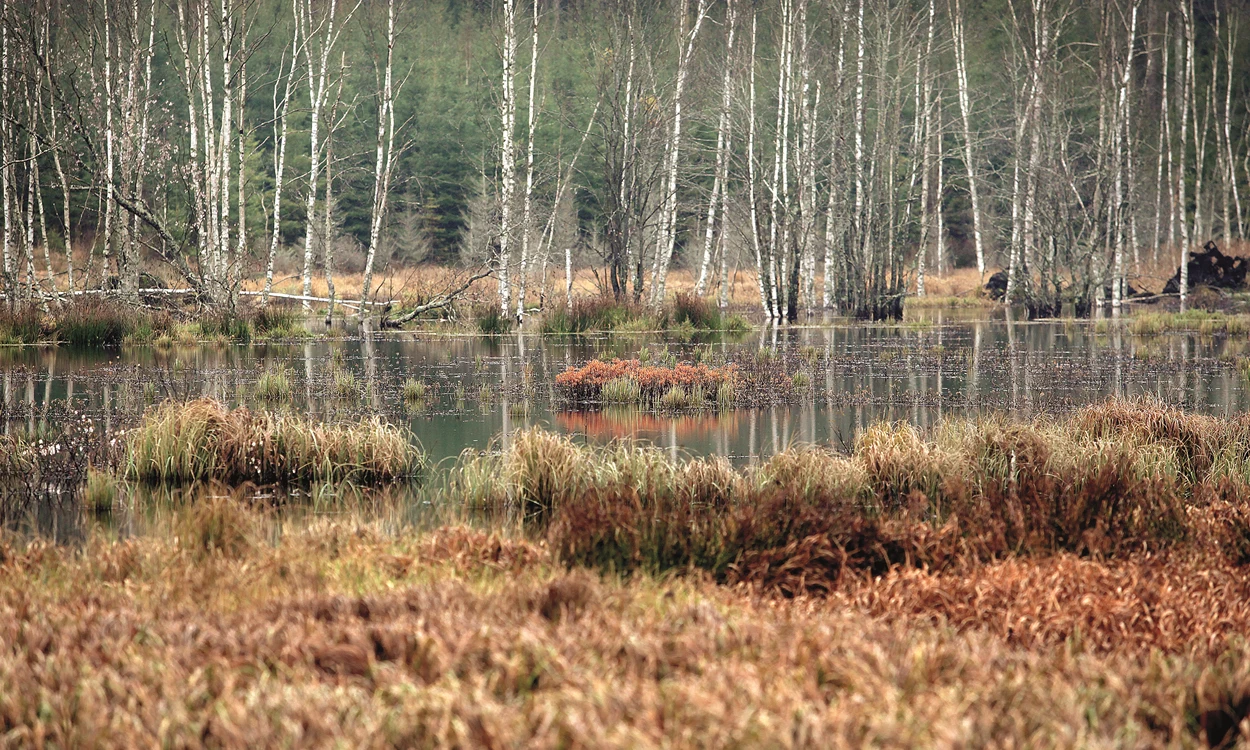“A reduction in carbon dioxide emissions from the land together with an increase in biodiversity are clearly positive effects of the project,” says Mikael Äng, nature conservation officer at Holmen Skog, Holmen Board and Paper sister company and timber supplier.
Draining wetlands to gain more arable land for both forestry and agriculture has been a centuries-old tradition in Sweden. As far back as the mid-19th century, the Swedish parliament offered financial incentives to promote this development. While obtaining new land for cultivation was previously seen as positive and desirable, against the backdrop of climate change, this view of land reclamation has changed due to the fact that it results in the leakage of large amounts of carbon dioxide.
Emissions on a par with car traffic
The Swedish Environmental Protection Agency estimates that the some 11.6 million tonnes of carbon dioxide is emitted from drained wetlands each year, which is as much as the annual emissions from car traffic. As long as a wetland is in its natural state, it sequesters large amounts of carbon; nearly twice as much as a growing forest. Once wetland is drained, oxygen penetrates into the ground and releases carbon, which is then released as carbon dioxide.
The project within Holmen field of operation is run by Holmen Skog together with the Municipality of Hudiksvall and includes the restoration of around 500 hectares. Restoration means that previously dug ditches, which drained the ground of water, are either allowed to grow again or are filled in by way of plugging.
“Drained peatland absorbs water like a sponge. Quite soon after the flow of water in the ditches is stopped, the wetland returns, and gradually so too the water-dependent plants and the animals that thrive in the vicinity of the water,” continues Mikael.
Carbon dioxide emissions fall rapidly
In addition to a rapid reduction in carbon dioxide emissions, the wetlands act as a sponge and help even out the flow of water from mountainous areas to the coast. Flood risks are then more limited and water is retained in the local environment for longer.
“In the long run, this improves water quality because the water has more time to filter through the different soil layers, at the same time raising the local groundwater level. In this way, we recreate some of the most species-rich environments that we know,” emphasises Mikael.
Only scratches the surface
In Sweden, you can get a subsidy of up to 100 percent from the government for restoring wetlands, depending on the project’s ecological relevance. In the autumn of 2022, the Swedish government decided to set the allocation for the restoration of wetlands permanently at SEK 200 million per year. Researchers who have estimated the potential and climate benefits of the restoration of wetlands believe that the investment is just scratching the surface when compared to the government’s planned investment of SEK 36 billion on capturing biogenic carbon dioxide between 2026 and 2046.


